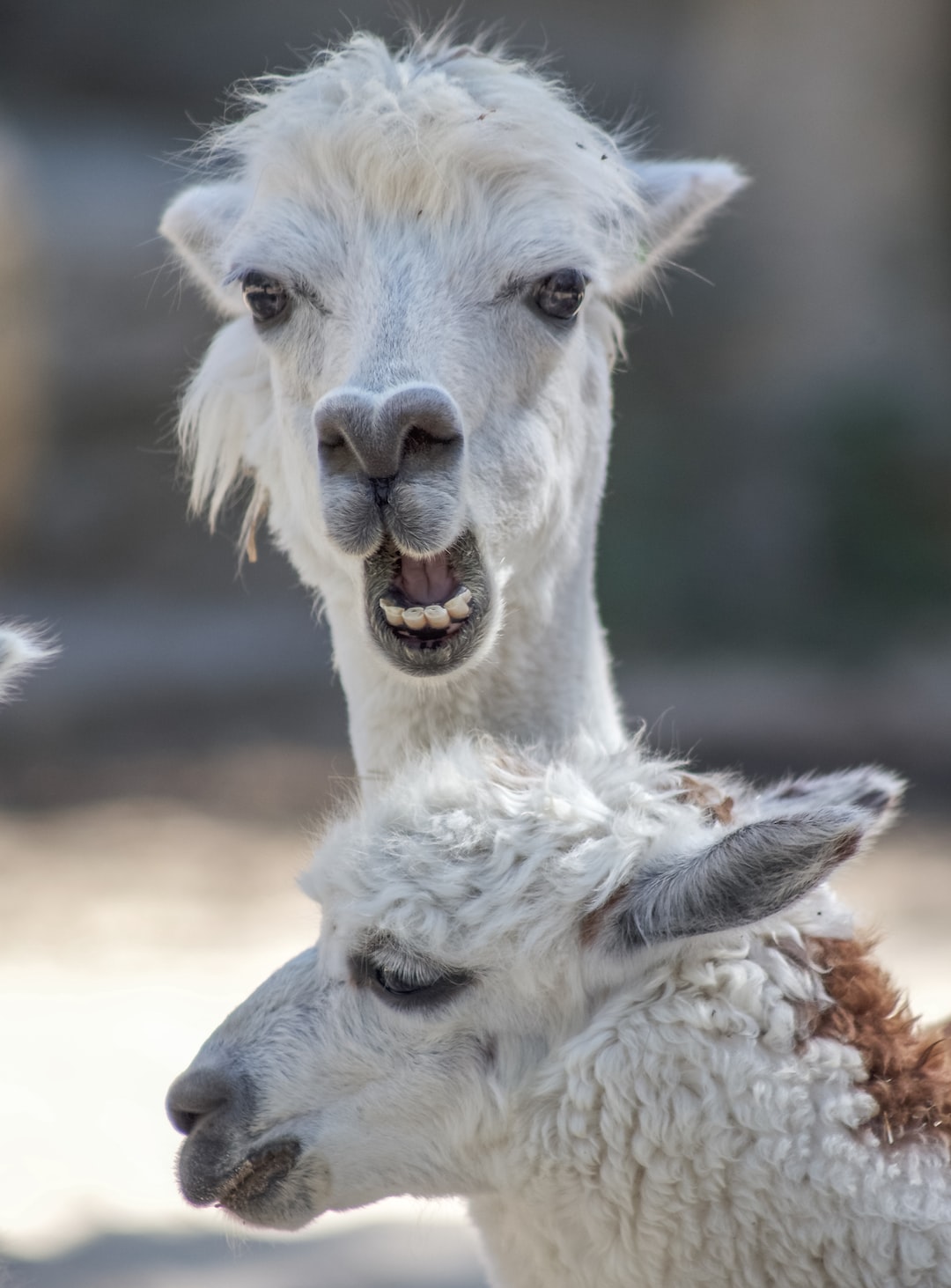The Therapeutic Power of Horseback Riding: Equine-Assisted Activities
Horseback riding, often thought of as just a leisurely activity or a competitive sport, has long been recognized for its tremendous therapeutic benefits. Equine-assisted activities, which include various interventions such as therapeutic horseback riding, hippotherapy, and equine-assisted psychotherapy, have been proven to provide physical, emotional, and psychological benefits to individuals of all ages. In this blog post, we will delve into the therapeutic power of horseback riding and explore how it can positively impact different aspects of human well-being.
Physical Benefits:
The physical benefits of horseback riding are numerous and far-reaching. The rhythmic and multidimensional movements of horseback riding provide an effective form of exercise and therapy for individuals with physical disabilities, balance issues, and muscle weaknesses. The natural gait of the horse closely mimics the human walk, making it a gentle and beneficial form of therapy for those with mobility difficulties.
Hippotherapy, in particular, focuses on the use of the horse’s movement to stimulate the rider’s muscles, improve balance, coordination, and posture. The three-dimensional movement of the horse activates the rider’s core muscles, enhancing overall strength and stability. It has been particularly effective in treating individuals with cerebral palsy, multiple sclerosis, and other neurological disorders.
Psychological Benefits:
Horseback riding has also been recognized for its profound psychological benefits. The presence of these magnificent animals and the unique bond that forms between horse and rider can have a significant impact on emotional well-being. Horses are intuitive creatures that can sense and respond to human emotions, providing an opportunity for individuals to develop trust, empathy, and emotional regulation skills.
Therapeutic horseback riding, or equine-assisted psychotherapy, is often used as a complementary treatment for individuals struggling with mental health conditions such as anxiety, depression, and post-traumatic stress disorder (PTSD). The act of riding and interacting with horses releases endorphins and oxytocin, promoting feelings of happiness, calmness, and overall well-being. The rhythmic motion of the horse can also have a soothing effect on the nervous system, reducing anxiety and promoting relaxation.
Social and Emotional Benefits:
Equine-assisted activities offer unique social and emotional benefits to individuals of all ages. The bond and trust that develops between horse and rider can help improve self-confidence, self-esteem, and social skills. Horses are non-judgmental creatures that provide unconditional acceptance, allowing individuals to feel safe and supported.
Children and adolescents who participate in horseback riding often experience enhanced self-esteem, improved communication skills, and a greater sense of responsibility. The sheer size and strength of horses require riders to develop leadership and assertiveness skills, fostering a sense of empowerment and confidence.
For individuals on the autism spectrum, horseback riding can be particularly beneficial. The rhythmic motion and sensory experience of riding can help individuals with sensory processing difficulties regulate their sensory input, promoting increased focus and attention.
Conclusion:
The therapeutic power of horseback riding and equine-assisted activities cannot be overstated. Physical, psychological, social, and emotional benefits are all achieved through regular participation in these activities. The unique bond and connection between horse and rider provide a healing experience that is hard to replicate in traditional therapy settings.
Whether it is therapeutic horseback riding, hippotherapy, or equine-assisted psychotherapy, the therapeutic power of these activities is evident in the countless success stories of individuals who have found solace, strength, and healing in the presence of these majestic creatures. As more people recognize the therapeutic potential of horseback riding, it is our hope that these activities will become more readily accessible and continue to positively impact the lives of individuals around the world.

